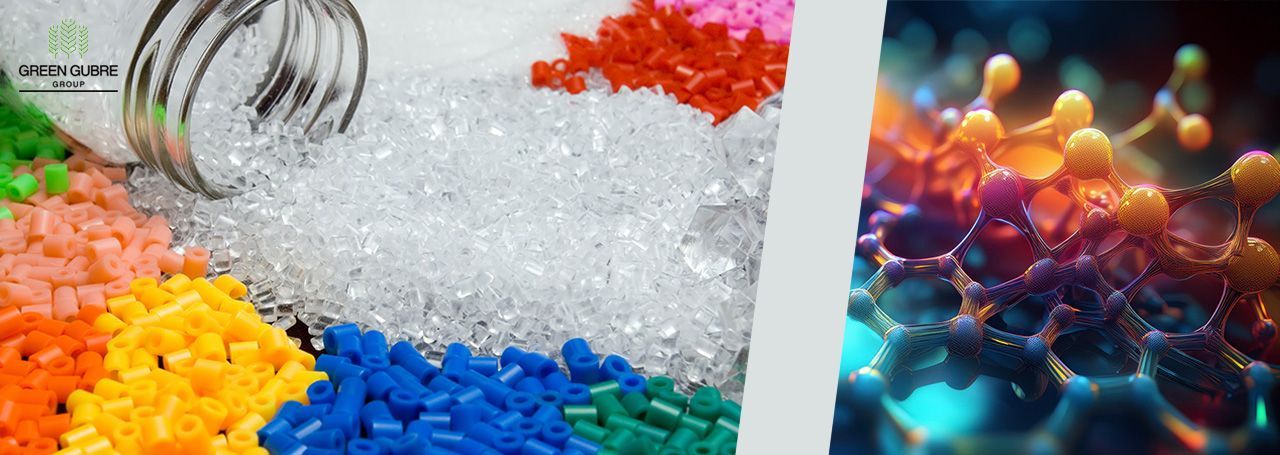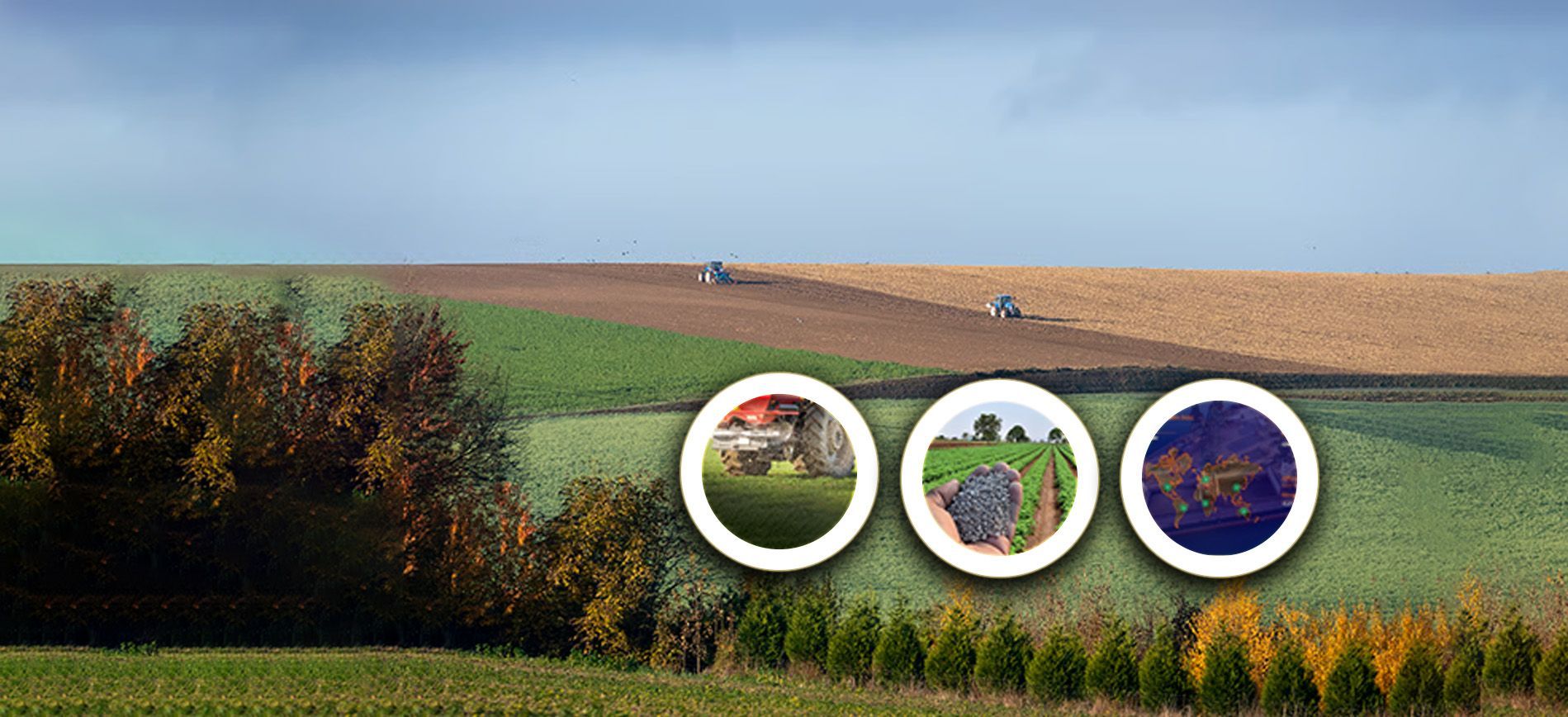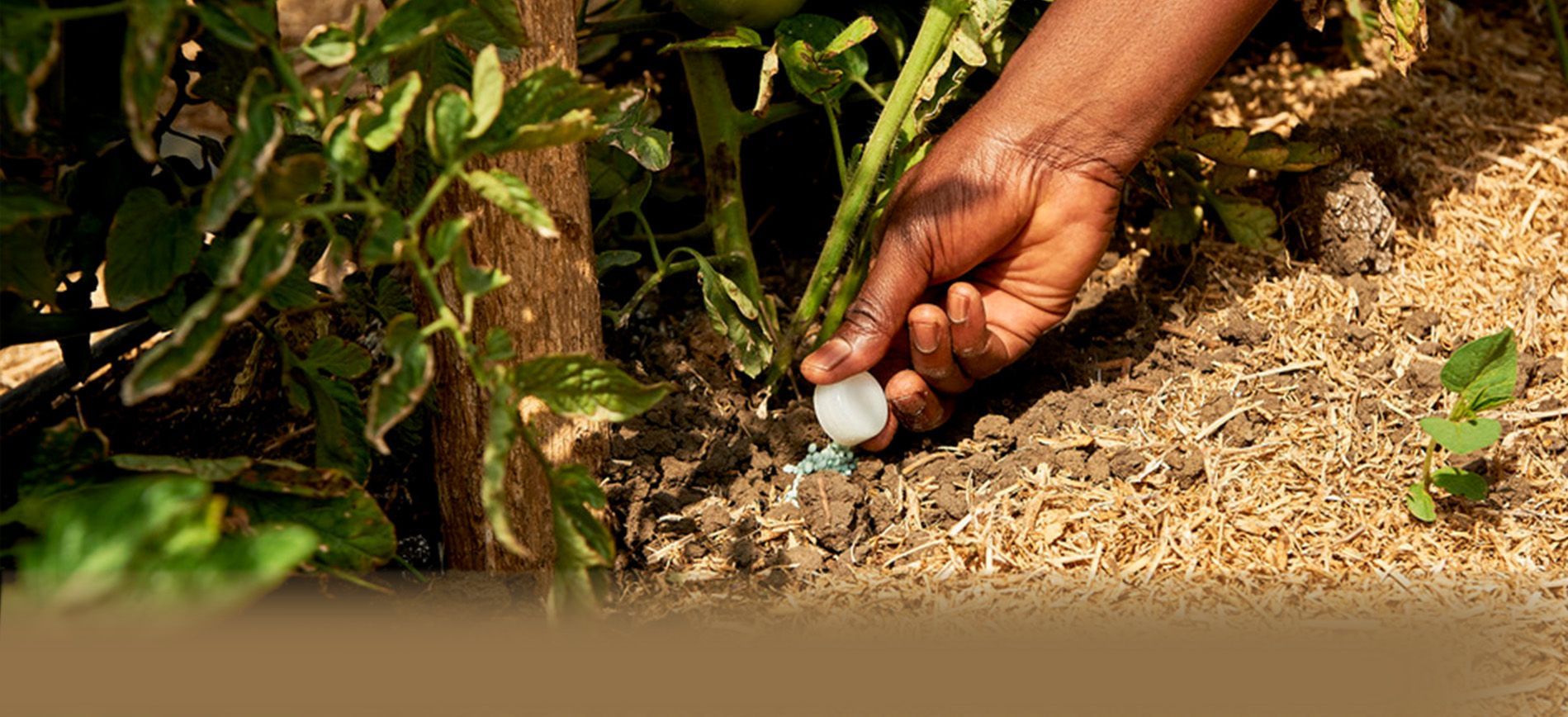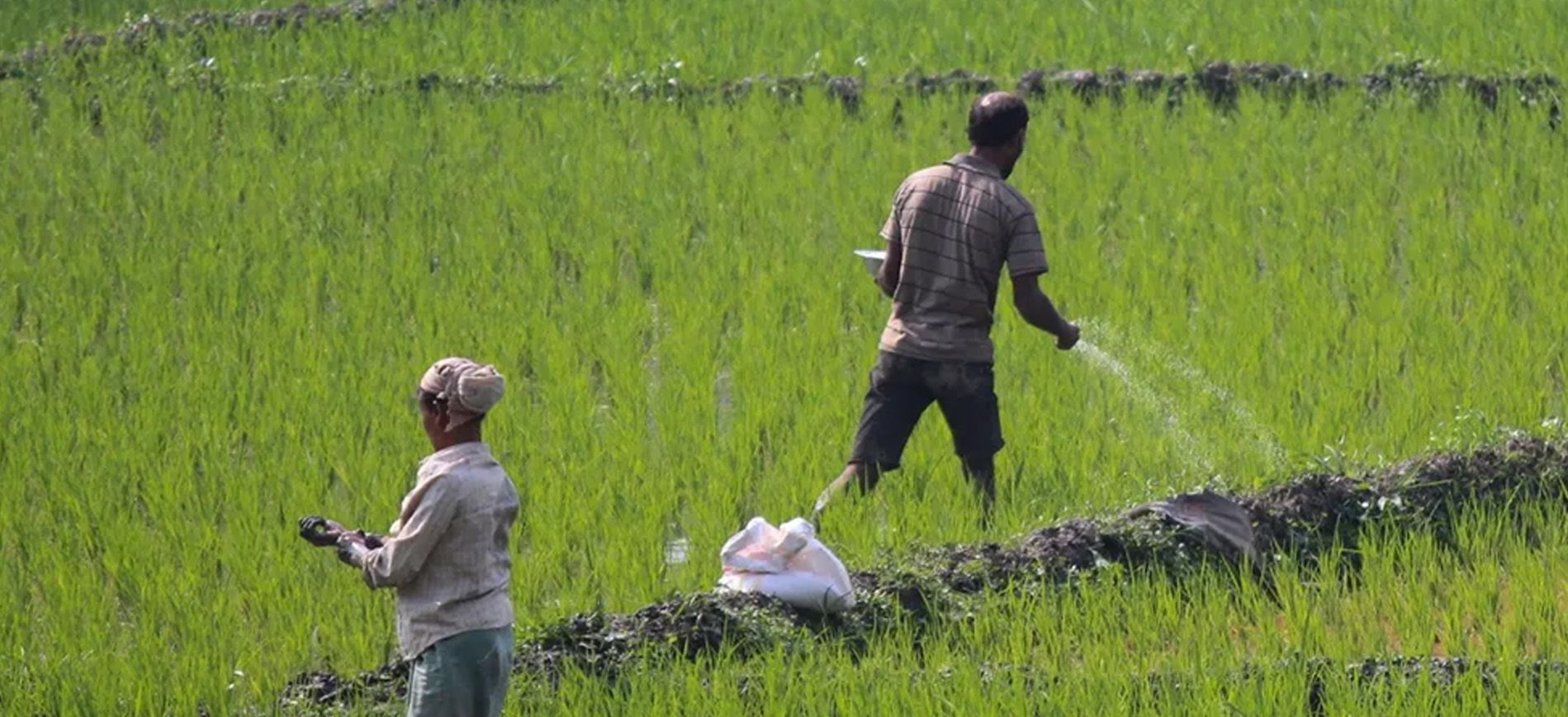The Science Behind Polymer Manufacturing
The Science Behind Polymer Manufacturing

Polymers are everywhere, from the plastic containers in our kitchens to the materials that form the bodies of our cars. These versatile compounds are the backbone of modern manufacturing, playing a critical role in industries like packaging, construction, automotive, and electronics. But how are polymers like HDPE, LDPE, and PP made? This blog will explore the science behind polymer manufacturing, focusing on the process of polymerization and its wide applications.
1. What Are Polymers
Polymers are large molecules made up of repeating subunits called monomers, linked together in long chains. The length and structure of these chains determine the physical properties of the polymer. Different types of polymers, such as HDPE (High-Density Polyethylene), LDPE (Low-Density Polyethylene), and PP (Polypropylene), have specific properties based on how the monomers are arranged and bonded.
2. The Polymerization Process
Polymer manufacturing starts with the process of polymerization, where small monomer molecules react chemically to form a polymer chain. There are two main types of polymerization:
- Addition Polymerization: In this process, monomers with double or triple bonds add together without the loss of any atoms. Polypropylene (PP) and Polyethylene (PE) are examples of polymers made through addition polymerization.
- Condensation Polymerization: In this method, monomers join together, and a small molecule (such as water) is released as a byproduct. This is used to make polymers like nylon and polyester.
3. Different Types of Polymers and Their Applications
- HDPE: Known for its strength and rigidity, HDPE is commonly used in products like piping, detergent bottles, and playground equipment. Its high tensile strength makes it ideal for heavy-duty applications.
- LDPE: With a more flexible structure, LDPE is used in applications like plastic bags, squeeze bottles, and food packaging. Its lower density allows for flexibility and resilience.
- PP: Polypropylene is a versatile polymer used in automotive parts, textiles, and packaging materials. Its resistance to chemicals and fatigue makes it ideal for items like containers, automotive components, and textiles.
4. Sustainability in Polymer Manufacturing
The polymer industry is increasingly moving toward sustainable practices to minimize the environmental impact of plastics. Recycling initiatives and the development of biodegradable polymers are becoming more common, helping to reduce plastic waste and create eco-friendly alternatives. Innovations in polymer production also focus on using renewable feedstocks and reducing the energy required for polymerization.
Conclusion
Polymers are indispensable to modern manufacturing, with versatile applications across various industries. Understanding the science behind polymerization reveals the complexity and innovation involved in creating materials like HDPE, LDPE, and PP. As the demand for sustainable materials grows, the polymer industry continues to evolve, offering new solutions for a greener future.




